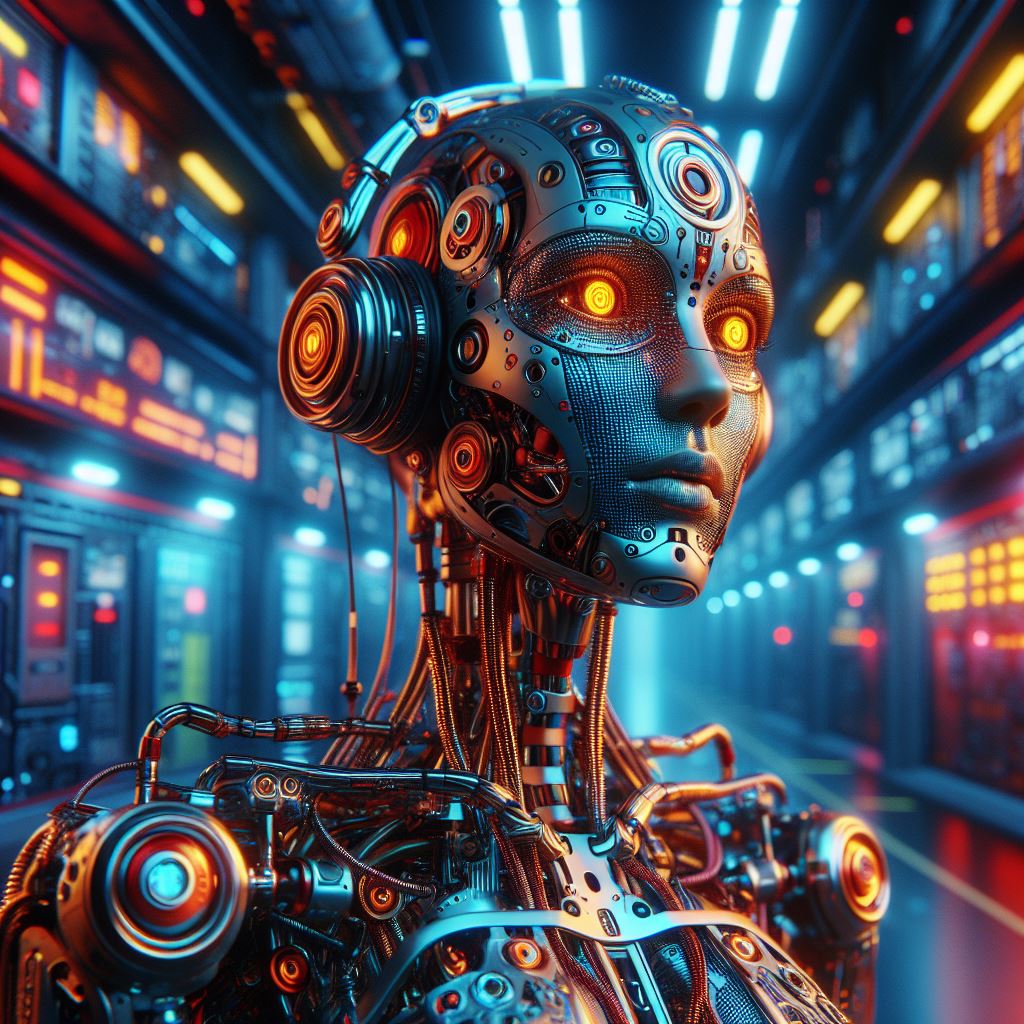Machine learning (ML) has revolutionized industries across the globe, from healthcare to finance and retail. The power of ML lies in its ability to make data-driven predictions, optimize processes, and unlock valuable insights. Understanding the different types of ML models and their applications is essential for harnessing their full potential. In this article, we will explore the most commonly used machine learning models, their benefits, and the emerging trends shaping the future of ML.
What Are Machine Learning Models?
Machine learning models are algorithms that enable machines to learn from data and improve their performance without being explicitly programmed. These models rely on statistical techniques and computational power to recognize patterns in large datasets and make decisions or predictions based on new, unseen data. ML models can be broadly classified into three categories: supervised learning, unsupervised learning, and reinforcement learning.
1. Supervised Learning Models
Supervised learning is the most common type of ML, where the model is trained on labeled data. In this approach, the algorithm learns from input-output pairs, making it easier to make predictions or classifications on new data. Some popular supervised learning models include:
Linear Regression: Used for predicting continuous values based on a linear relationship between variables.
Logistic Regression: A classification model used to predict binary outcomes.
Decision Trees: A model that splits data into branches based on decision rules to classify or predict outcomes.
Support Vector Machines (SVM): A powerful classifier used for both linear and non-linear classification problems.
2. Unsupervised Learning Models
In unsupervised learning, the model is provided with data without labeled outputs. The goal is to identify hidden patterns or intrinsic structures in the data. Unsupervised models are widely used in clustering, anomaly detection, and dimensionality reduction. Key unsupervised learning models include:
K-Means Clustering: A clustering algorithm that groups data points into a specified number of clusters based on similarities.
Principal Component Analysis (PCA): A technique used for reducing the dimensionality of large datasets while retaining the most important features.
Hierarchical Clustering: A clustering method that creates a tree-like structure to represent relationships between data points.
3. Reinforcement Learning Models
Reinforcement learning (RL) is an area of ML focused on training models through trial and error. The model learns by interacting with its environment, receiving feedback (rewards or penalties), and optimizing its actions to maximize cumulative rewards. RL is commonly used in robotics, gaming, and autonomous systems. Notable RL models include:
Q-Learning: A model-free algorithm that helps agents learn optimal policies by evaluating actions based on rewards.
Deep Q Networks (DQN): A more advanced RL approach that combines Q-learning with deep learning to solve complex problems.
Applications of Machine Learning Models
Machine learning models have countless applications in modern business and technology. Some of the most notable applications include:
Healthcare: Predicting patient outcomes, diagnosing diseases from medical images, and personalizing treatment plans.
Finance: Fraud detection, credit scoring, algorithmic trading, and risk management.
E-commerce: Personalizing product recommendations, optimizing pricing strategies, and improving customer service through chatbots.
Autonomous Vehicles: Using reinforcement learning to train self-driving cars to navigate complex environments.
The Future of Machine Learning Models
As ML continues to evolve, several trends are expected to shape its future. One of the most significant advancements is explainable AI (XAI), which aims to make machine learning models more transparent and understandable to humans. This will increase trust in AI systems, particularly in critical industries like healthcare and finance.
Another trend is the rise of autoML, which allows non-experts to build and deploy ML models with minimal effort. This democratization of machine learning will accelerate innovation across various sectors.
Finally, edge AI is becoming increasingly important, with more ML models being deployed on edge devices like smartphones, IoT devices, and drones. This will enable real-time decision-making and reduce the reliance on centralized cloud computing.
Conclusion
Machine learning models are at the forefront of technological innovation, driving advancements in numerous industries. By understanding the types of models, their applications, and the future trends shaping the field, businesses and individuals can better leverage the power of ML to stay competitive in an increasingly data-driven world.
5
